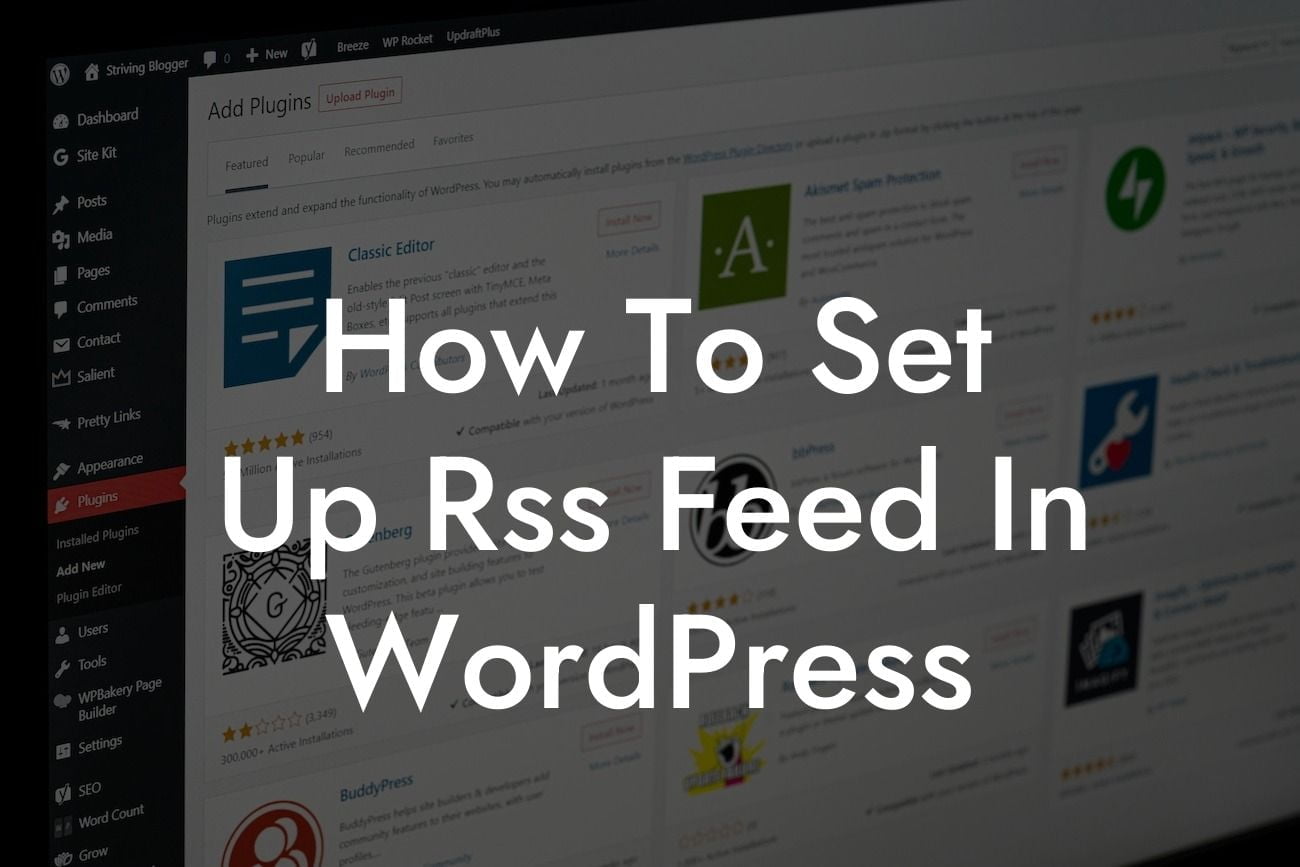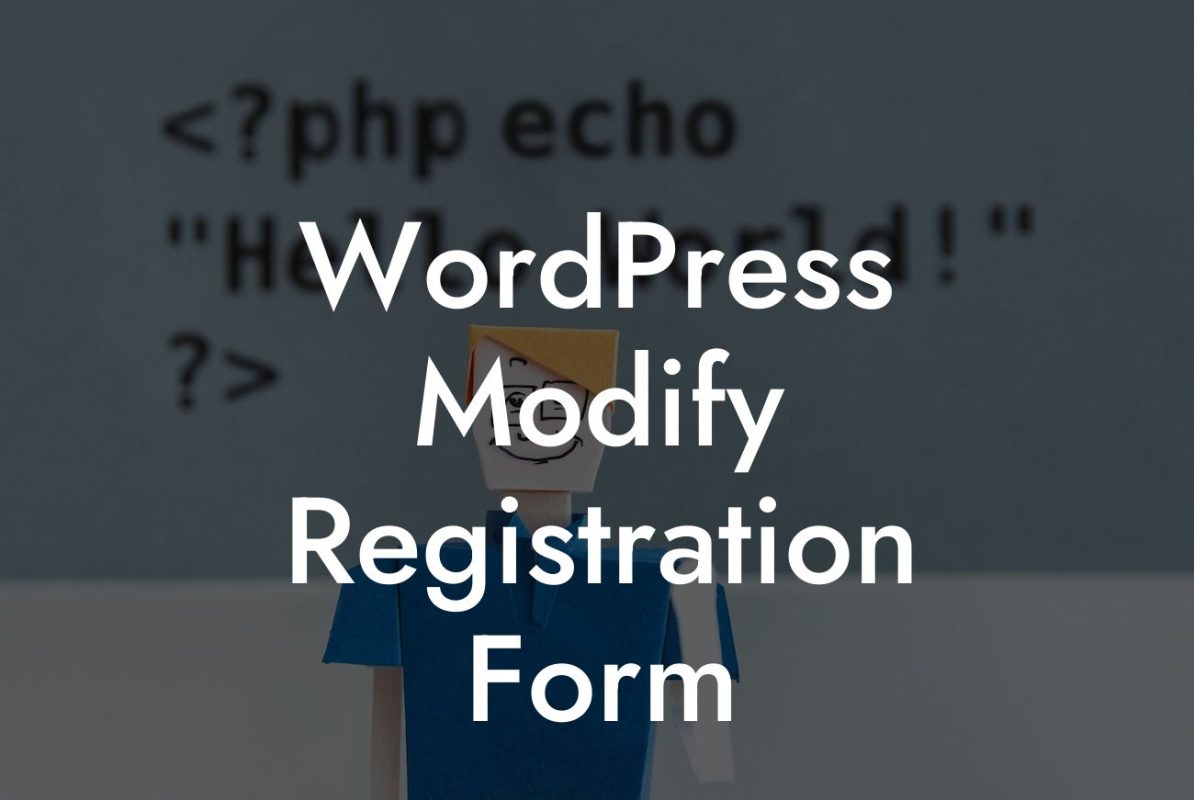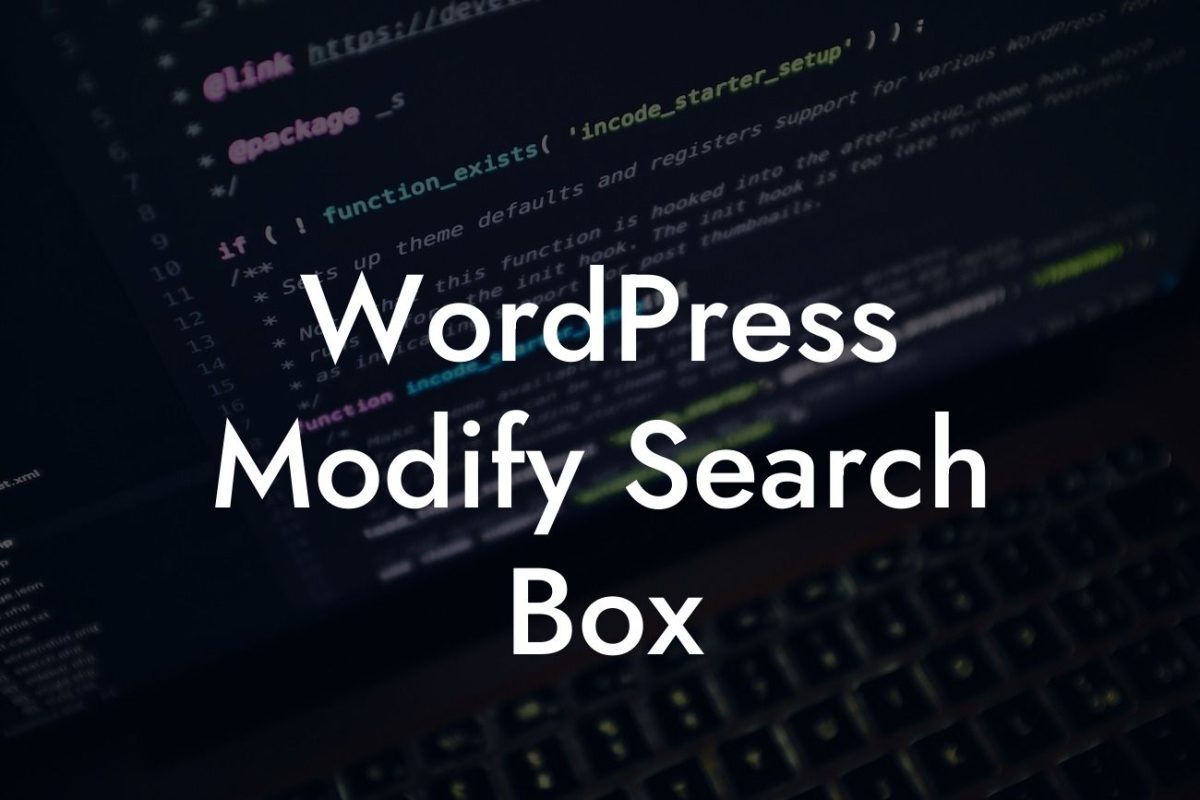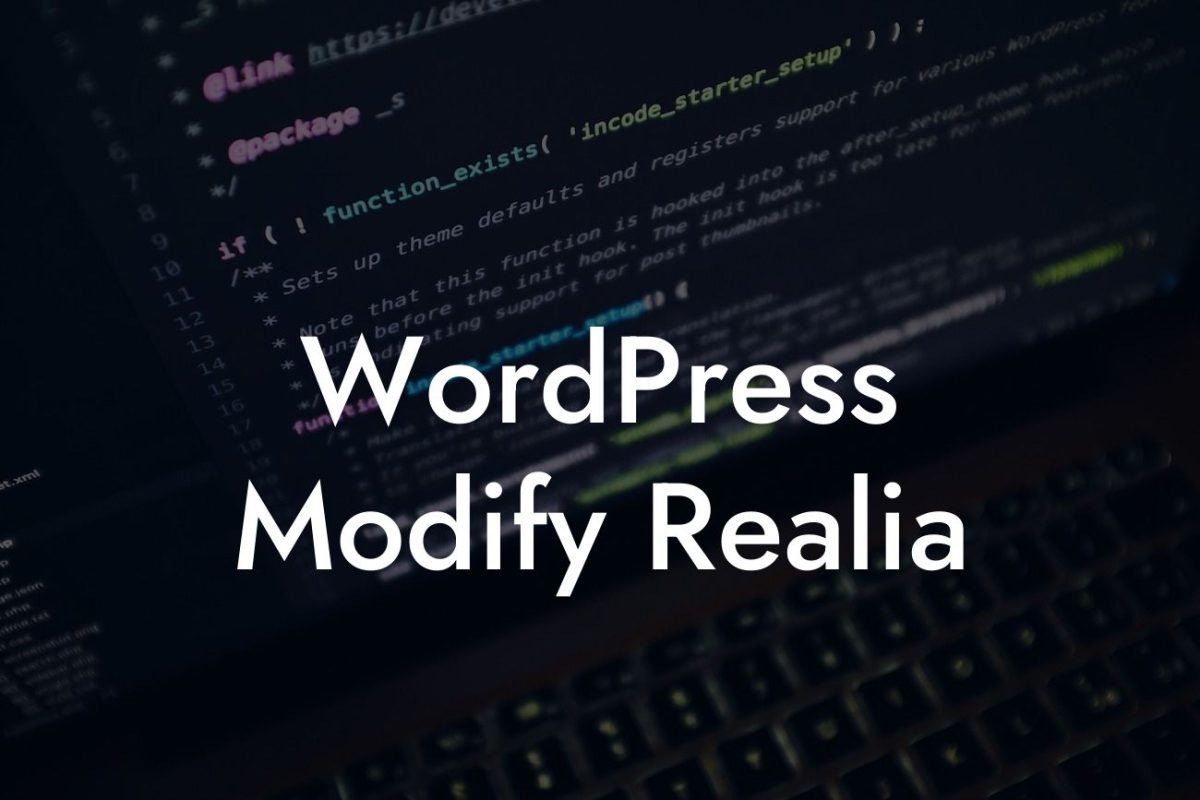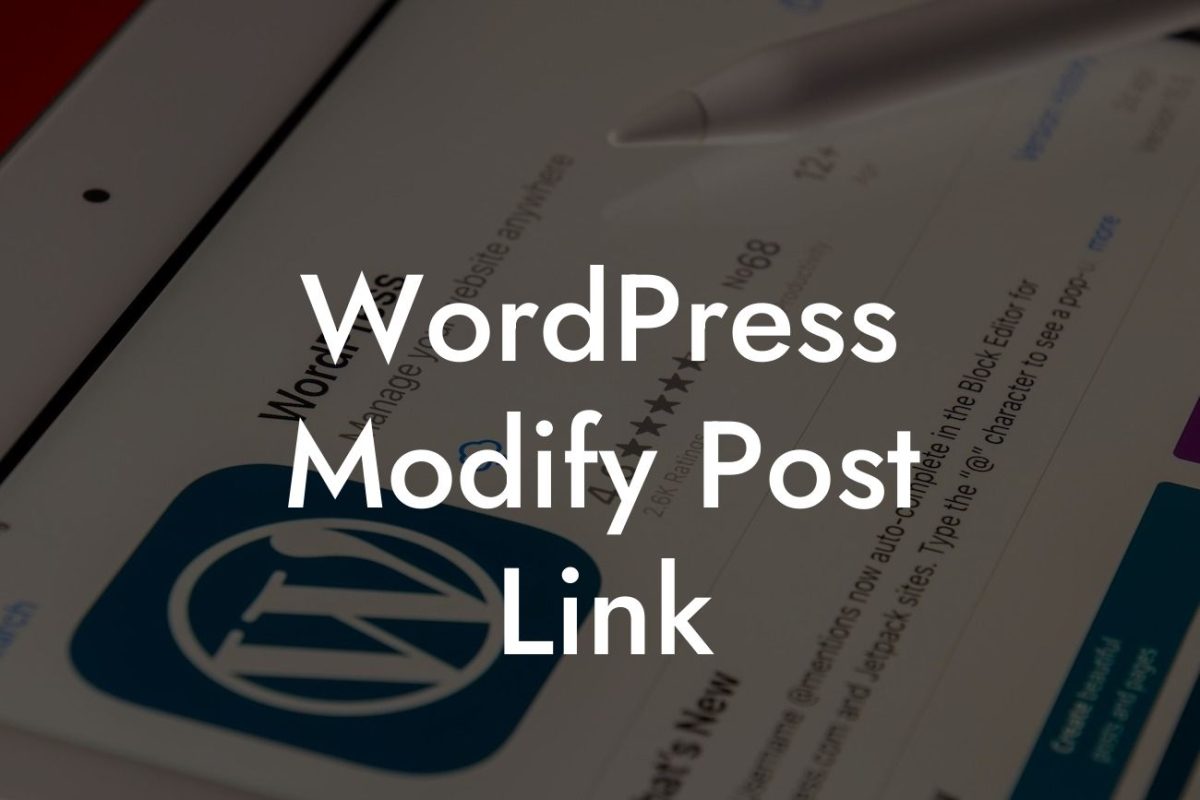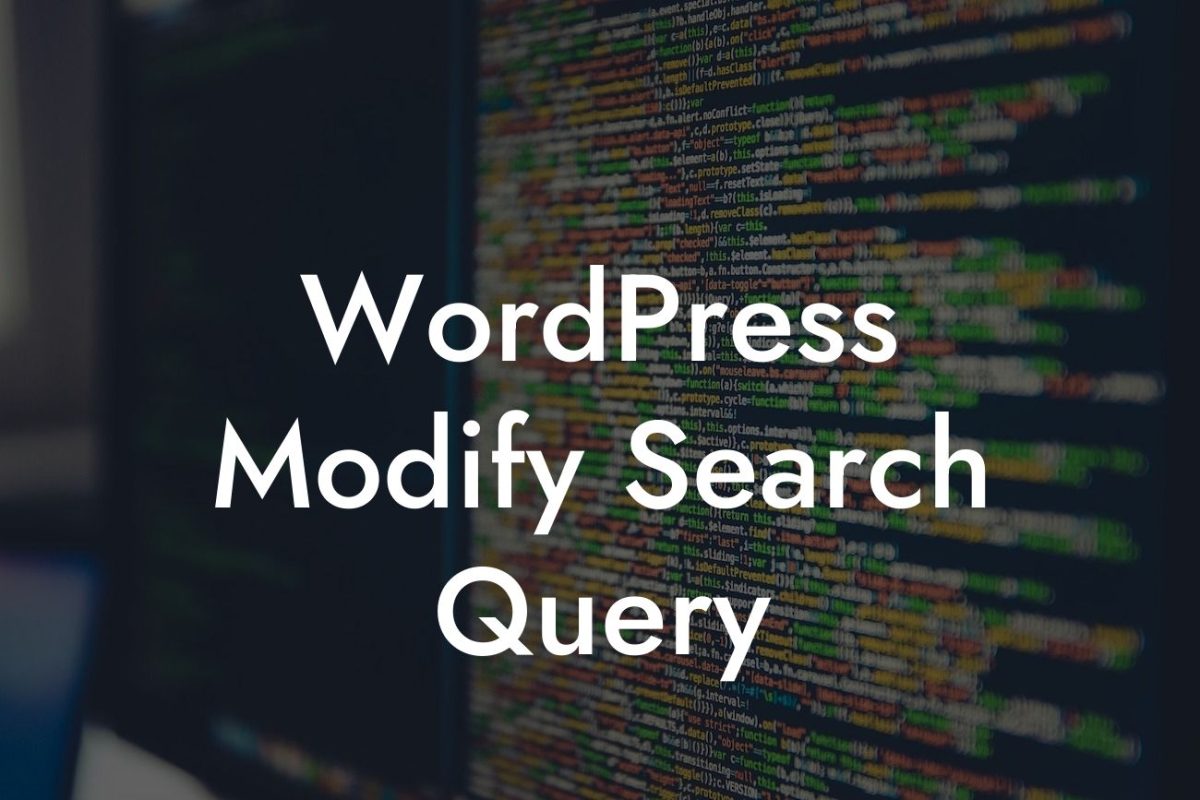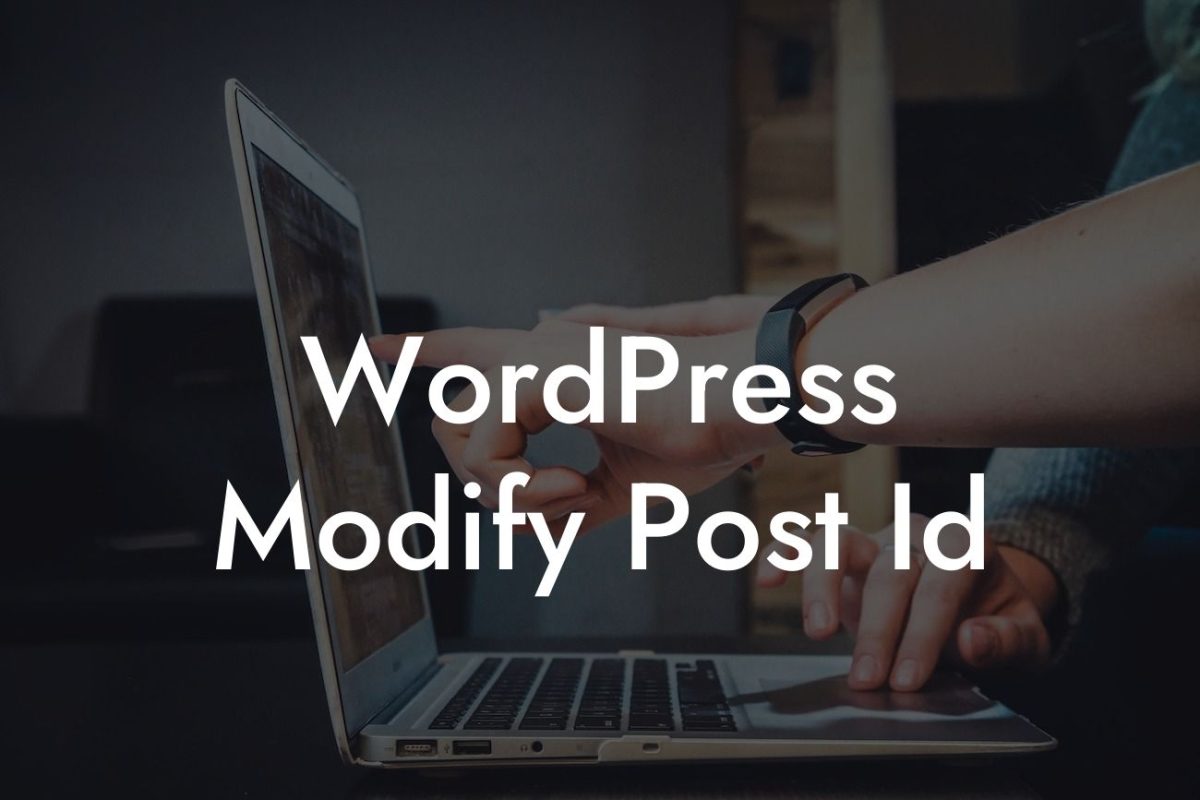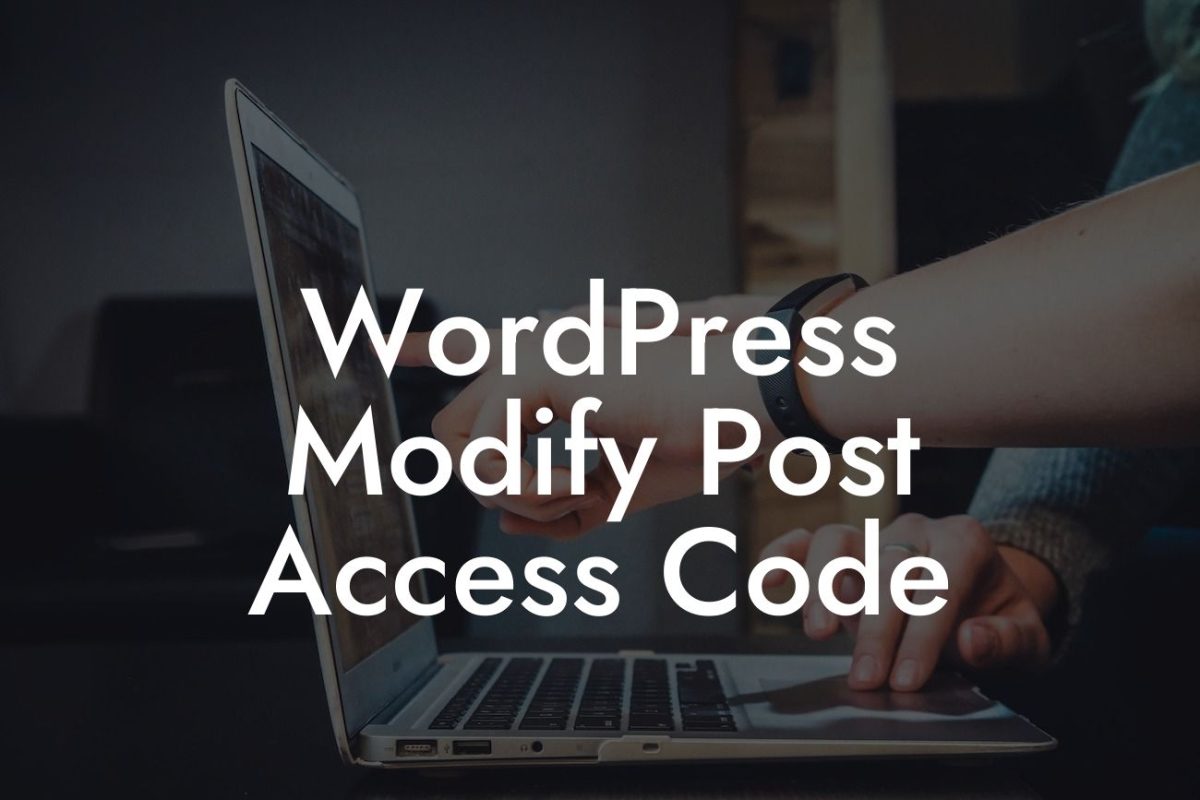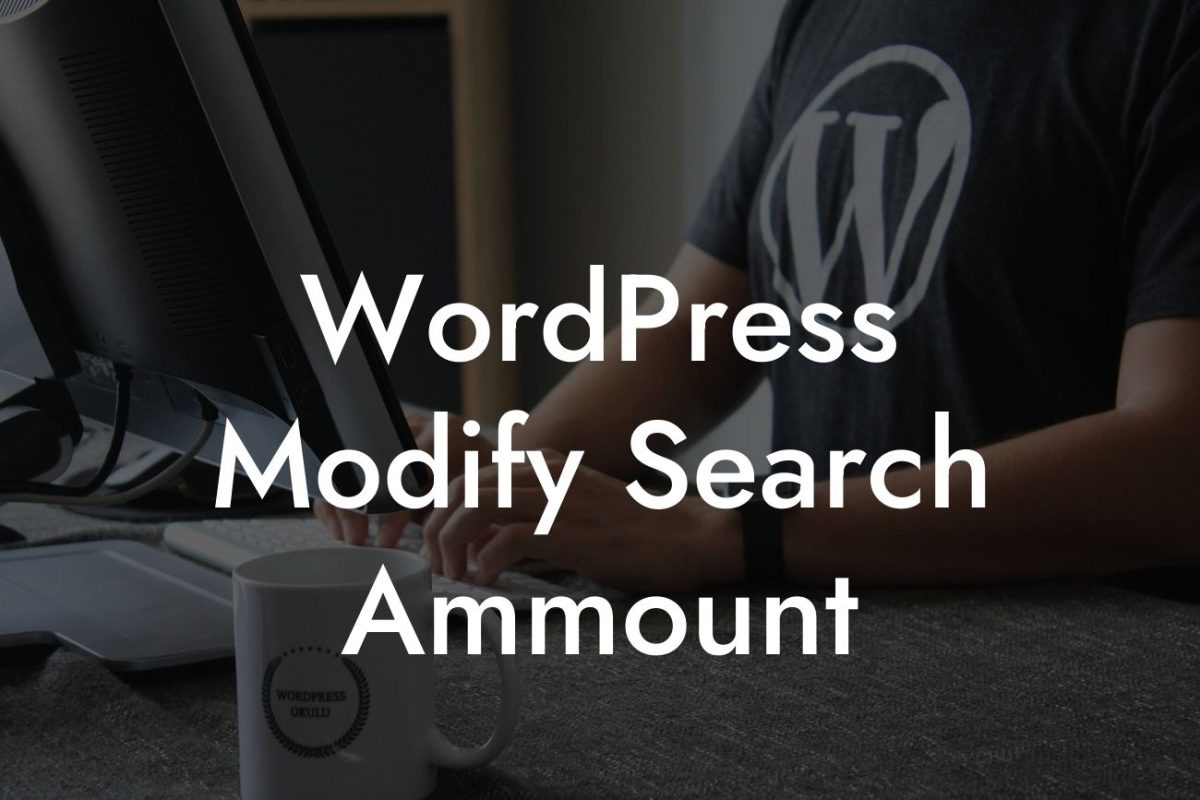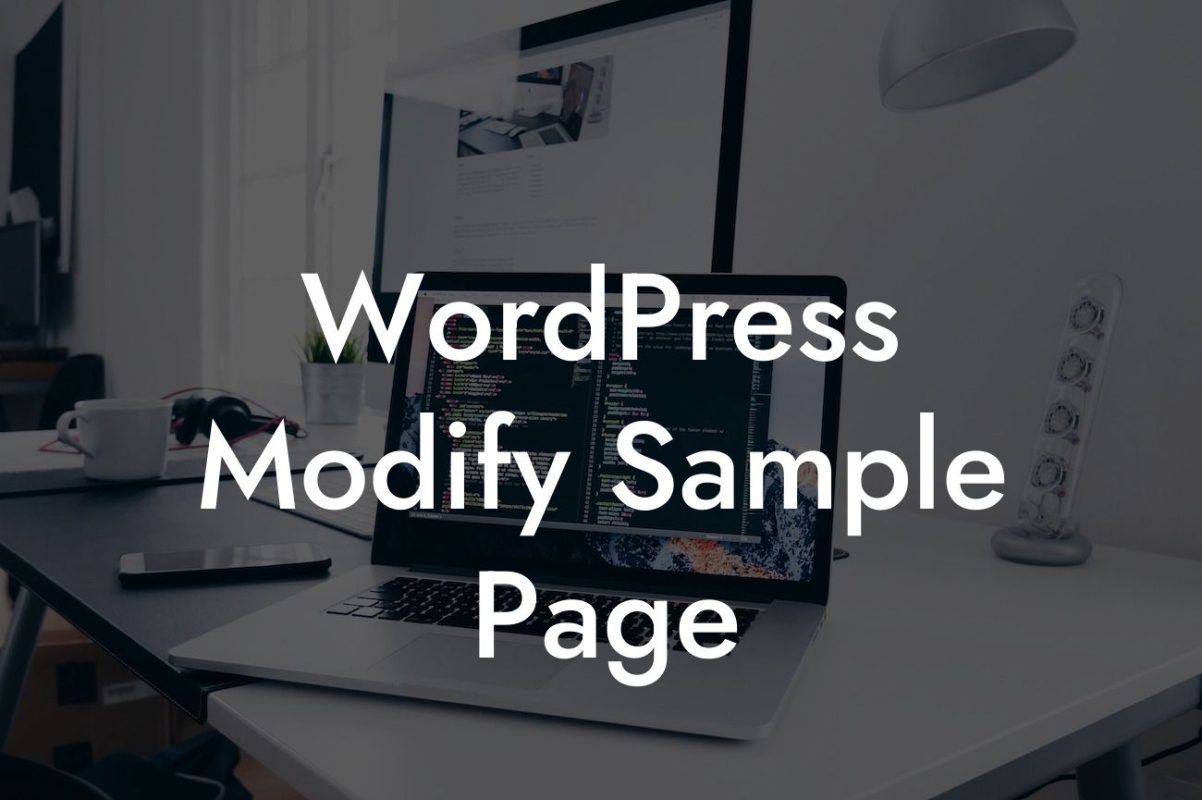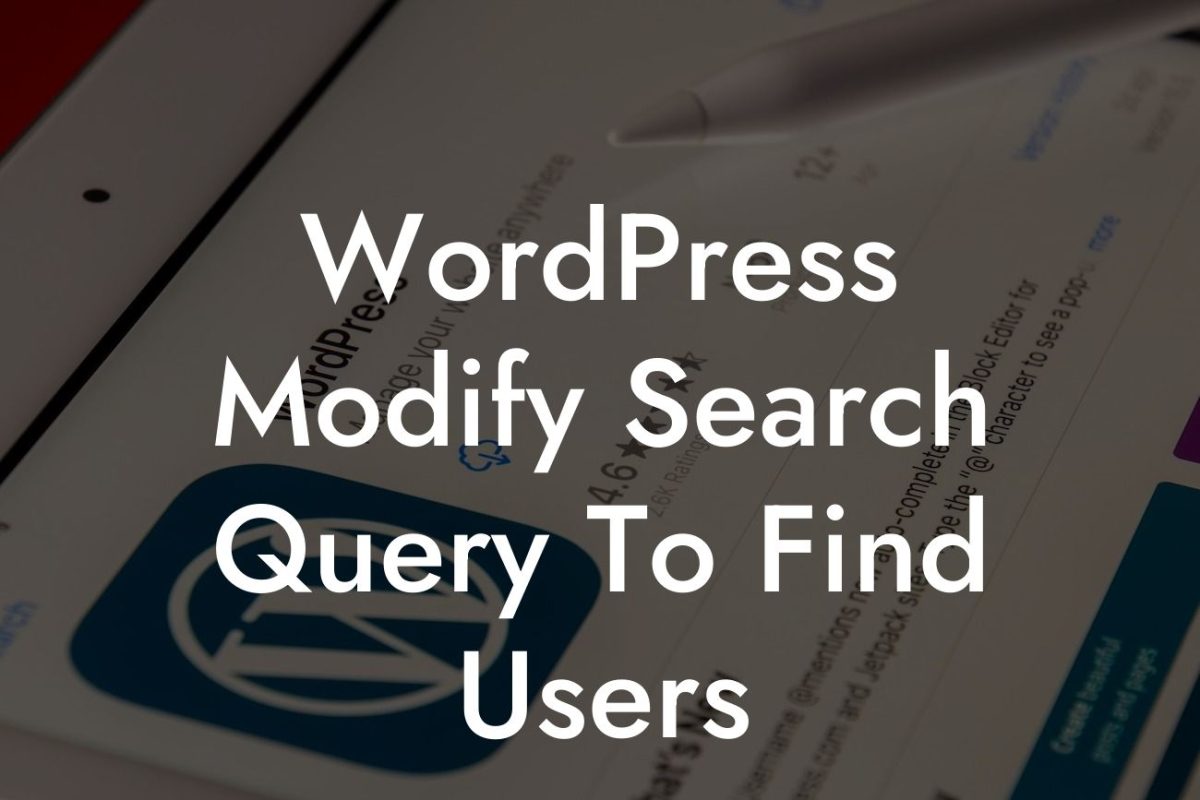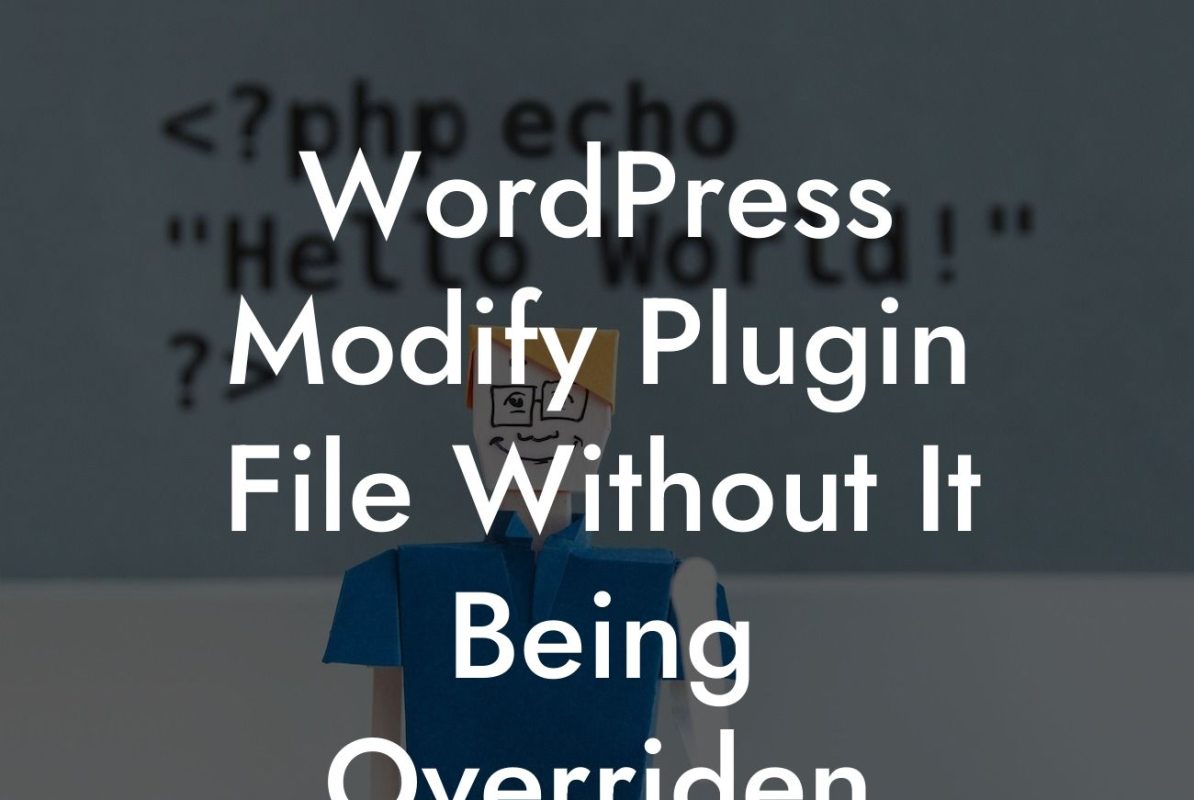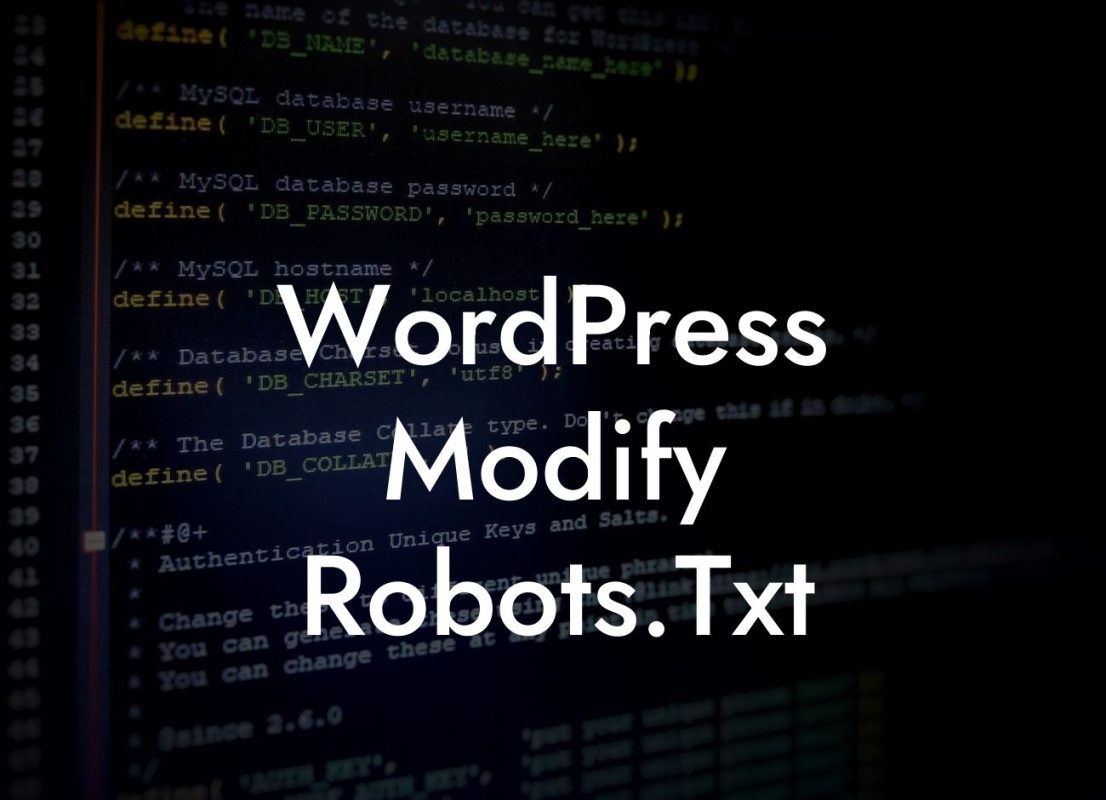Setting up an RSS feed in WordPress is a crucial step for small businesses and entrepreneurs looking to expand their online presence. An RSS feed not only helps you distribute your content effectively but also allows your audience to stay updated with your latest posts and updates. In this comprehensive guide brought to you by DamnWoo, we'll walk you through the process of setting up an RSS feed in WordPress and provide you with valuable insights on optimizing your website's functionalities.
Setting up an RSS feed in WordPress is a straightforward process that can be achieved in a few simple steps. Follow our detailed instructions below to get started:
1. Install an RSS feed plugin: Start by installing and activating an RSS feed plugin from the WordPress plugin repository. There are various options available, but we recommend using the popular and user-friendly "RSS Feed Widget" plugin.
2. Configure the RSS feed settings: Once the plugin is activated, navigate to the settings page of the plugin to configure the RSS feed settings. Here, you can customize the number of posts to display, choose the feed format, and set up additional options such as displaying full or summarized content.
3. Place the RSS feed widget on your website: After configuring the settings, you need to place the RSS feed widget on your website. Go to the Widgets section in the WordPress Dashboard, locate the "RSS Feed" widget, and drag it to your desired sidebar or widget area.
Looking For a Custom QuickBook Integration?
4. Customize the widget appearance: To ensure your RSS feed seamlessly integrates with your website's design, customize the appearance of the widget. The plugin usually offers options to change the title, font size, colors, and layout.
How To Set Up Rss Feed In Wordpress Example:
Let's say you run a lifestyle blog, and you want to provide your audience with an RSS feed to stay updated with your latest articles. By following the steps mentioned above, you can easily set up an RSS feed widget in your website's sidebar. Your readers can then subscribe to this feed using their preferred RSS reader application or service. Whenever you publish a new blog post, it will automatically appear in their RSS feed, allowing them to access your content promptly and conveniently.
Congratulations! You have successfully set up an RSS feed in WordPress, empowering your small business or entrepreneurial venture with an efficient content distribution system. Don't forget to explore DamnWoo's other guides to enhance your website's functionalities, and make sure to check out our awesome WordPress plugins designed exclusively for small businesses and entrepreneurs. Share this article with others who could benefit from it and start elevating your online presence today.

